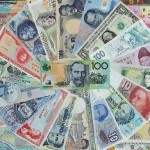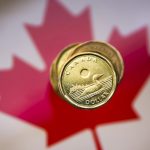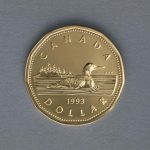Australian dollar continued its upward movement against the greenback on Friday, poised for its best weekly performance since 2011, despite the revised down forecast of Australian GDP by the Reserve Bank of Australia (RBA).
AUD/USD gradually rose to a session high at 0.9152 at 6:32 GMT, after which the pair consolidated at 0.9142, still up by 0.40% for the day. Support was likely to be received at August 7th low, 0.8920, while resistance was to be encountered at July 30th high, 0.9206.
The Reserve Bank of Australia announced in its quarterly outlook on policy on Friday that the Gross Domestic Product in the country will expand by 2.25% in the year to December 2013, which was a revision down in comparison with a 2.5% GDP forecast, made three months ago. In addition, core consumer prices are expected to rise 2.25% through the fiscal year ending on June 2014, as the intermediate-term objective of the central bank lies withing the range of 2% to 3%. This forecast came three days after RBAs decision to reduce the benchmark interest rate to an all-time low of 2.5%, because of the favorable inflation outlook, which could enable the bank to support industries, including construction. Traders see a 60% chance that the central bank will consider another cut of its base interest rate again this year.
RBA also gave a hint that the national currency may lose more of its current value, saying in its statement that “a 10 percent depreciation of the exchange rate stimulates GDP growth by 0.5 percent to 1 percent over a period of two years or so.”, as imparted by Investing.com.
The Aussie managed to climb for a fifth day, following the release of industrial output report out of China earlier today, which submitted signals for stabilization of countrys economy. The National Bureau of Statistics in China said that industrial production in the country rose by 9.7% during July 2013 compared to July 2012, while a median estimate pointed an 8.9% increase. The result showed improvement in comparison with a month ago, when the index of production advanced 8.9%. A separate report revealed that Chinese index of consumer prices increased by 2.7% during July on annual basis, which, however, remained below the government’s 2013 objective of a 3.5% inflation for a seventh month in a row.
“The industrial production number was the one that everyone was looking for; it’s been a good read on the real economy and it blew expectations out of the water,”said Chris Weston, chief market strategist at IG Markets Ltd. in Melbourne, cited by Bloomberg. “This is good news for Australia.”, as China is Australias largest export partner.
Meanwhile, the Aussie was gaining ground against the New Zealand dollar, as AUD/NZD pair added 0.48% to trade at 1.1429 at 7:58 GMT. Australian currency was higher against the euro as well, with EUR/AUD cross decreasing by 0.50% to 1.4635 at 7:59 GMT.





